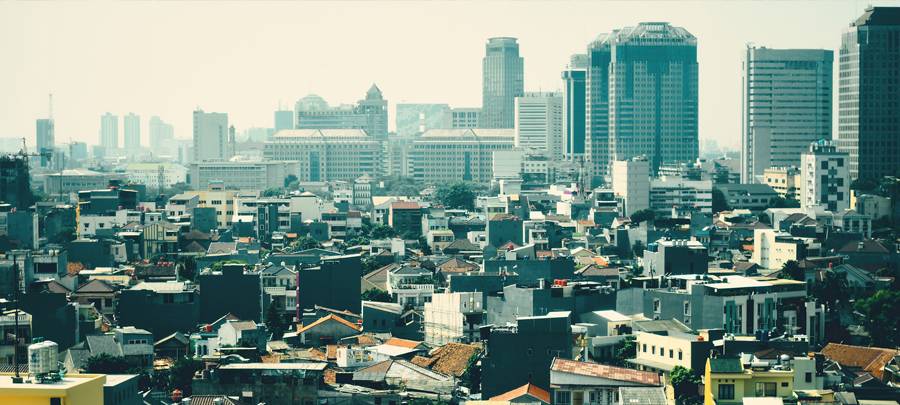Indonesia- the 4th most populated country in the world and one of the largest economies in Southeast Asia has a massive need for a wide range of food products and relies on significant volumes of imports of cereals, dairy products, beef and fruits. Indonesia’s growing middle class is driving a significant increase in the demand for imported food products which also helps develop a solid network of Indonesian food importers and distributors.
Indonesia is expected to become the world’s fourth-largest economy by 2050 due to its constant economic growth and population which is over 283 million in 2024. As incomes rise and tastes change, Indonesian consumers crave more variety, convenience, and quality in their food. This trend is especially pronounced in urban areas, where Western and international cuisines are gaining popularity.
To keep pace with the rising demand for high-quality, healthy food, Indonesian importers are actively scouting for new suppliers. As health awareness grows, the market for organic, gluten-free, and plant-based products has seen significant expansion.
Closet to 75% of Indonesia’s total imports were purchased from fellow Asian countries. European nations supplied 9.5% of import purchases, while 6.5% worth of goods originated from North America. Smaller percentages of overall Indonesian imports came from Australia and other Oceanian regions (3.6%), Africa (3.4%) and Latin America (2%).
Fruit Imports
Even if Indonesia produces a wide range of tropical fruits, there was an increase in demand for imported fresh fruits. Among these fruits: pears, mandarins, apples, grapes and cherries, were the most searched for.
The import value for this category reached US$1.44 billion in 2023 and the main suppliers were: China, Thailand, Australia and the United States.
Meat and Beef Imports
As Indonesia has a large Muslim population, the consumption of meat is focused on the allowed varieties, such as beef. Demand for beef is high and has been rising in the last years.
Indonesia’s meat imports, valued at US$919 million, mainly came from Australia, India, the United States, New Zealand and Brazil. The sector presents major opportunities for meat producers from around the world.
Grains Imports
Indonesia is a net importer when it comes to cereals, with total import values in 2023 of US$5,95 billion, a significant 33% increase compared to the previous year. The country cannot sustain the high demand for wheat, rice, and corn and has major wheat imports which reached in 2023 US$3,75 billion.
When it comes to corn and rice, Indonesia’s imports came mainly from Argentina (89%), Brazil (10%), and the United States (1%).
Dairy Products Imports
Over the past five years, the demand for imported dairy products continued to increase, with a major spike in 2022, triggered by low local milk production and healthy lifestyle trends.
In 2023, Indonesia imported dairy products worth USUS$1.47 billion with major categories including powdered milk, lactose, whey protein, butter and fresh cheese. The major suppliers were New Zeeland, U.S., Australia, France and the Netherlands.
Indonesia’s trade agreements
Indonesia is part of several regional trade agreements, such as the ASEAN Free Trade Area (AFTA) and the Regional Comprehensive Economic Partnership (RCEP), which have helped to lower tariffs and boost imports from key trading partners in Asia and beyond. These agreements allow Indonesia’s food importers to access a wider range of products at competitive prices.
In 2024, the impact of these trade agreements is expected to continue driving the growth of food imports. Importers will benefit from reduced barriers and smoother trade flows, making it easier to bring in food products that align with evolving consumer preferences.
3 Food Importers from Indonesia:
- CV Libra Food Service
Address: Jl. Bandengan Utara No. 21, Jakarta
Phone: 0062216919292
Website: www.libra-food.com - Bahana Gourmet Indonesia
Address: Jl. Taman Giri No. 09, Nusa Dua
Phone: 00623618478360
Website: www.bahanagi.co.id - Franz Deli
Address: Jl. M.h. Thamrin 61, Semarang Tengah, Kota Semaran
Phone: 0062243517604
Website: www.franzdeli.com
To get a list of more active food importers from Indonesia, you can access one of the daily updated BestFoodImporters databases.
